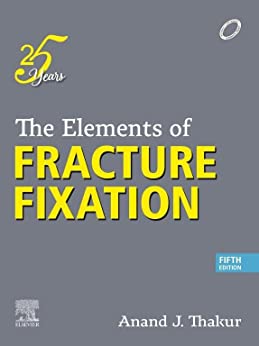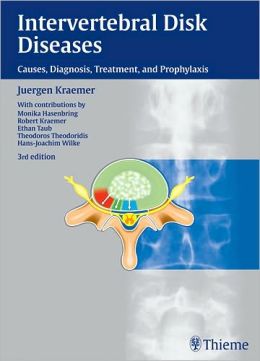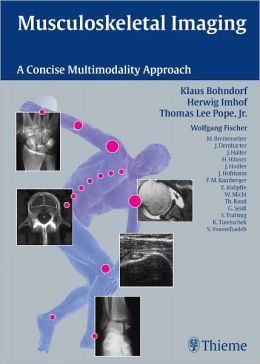-9%
The Fundamentals of Fracture Fixation: A Comprehensive Guide
Chapter 1: Introduction to Fracture Fixation
Fracture fixation is a surgical procedure used to stabilize broken bones and promote healing. The goal of this procedure is to reduce pain, prevent deformity, and restore function. Various techniques and materials are employed to achieve effective fracture fixation.
Chapter 2: Biomechanics of Fracture Healing
Understanding the biomechanics of fracture healing is crucial for successful fracture fixation. The process involves three distinct phases:
- Inflammatory Phase: Inflammatory cells and proteins gather at the fracture site, initiating the healing process.
- Reparative Phase: Bone cells (osteoblasts) begin to form new bone around the fracture edges.
- Remodeling Phase: The newly formed bone is gradually remodeled and strengthened to match the surrounding healthy bone.
Chapter 3: Surgical Approaches to Fracture Fixation
Fracture fixation can be performed through various surgical approaches, including:
- Open Reduction and Internal Fixation (ORIF): The fracture is directly visualized and fixed with implants such as plates, screws, or rods.
- Closed Reduction and Percutaneous Fixation (CRPF): The fracture is reduced without open surgery, and implants are inserted through small incisions.
- External Fixation: External devices are attached to the bone fragments and connected with rods or screws to stabilize the fracture from outside the body.
Chapter 4: Implant Selection and Biomaterials
The choice of implant for fracture fixation depends on several factors, including the type of fracture, bone quality, and patient anatomy. Biomaterials used in fracture fixation include:
- Stainless Steel: A strong and durable alloy commonly used for plates and screws.
- Titanium: A lightweight and corrosion-resistant metal ideal for implants in corrosive environments.
- Biodegradable Materials: Materials that gradually dissolve in the body, eliminating the need for implant removal.
Chapter 5: Postoperative Management and Rehabilitation
Proper postoperative management and rehabilitation are essential for optimal fracture healing. This includes:
- Wound Care: Maintaining a clean and dry wound site to prevent infection.
- Immobilization: Restricting movement around the fracture to allow for healing.
- Physical Therapy: Gradual rehabilitation exercises to restore function and prevent stiffness.
Chapter 6: Complications and Management
Fracture fixation can occasionally lead to complications, such as:
- Delayed Union: The fracture takes longer than expected to heal.
- Nonunion: The fracture fails to heal despite treatment.
- Infection: Bacteria enter the wound and cause inflammation.
Appropriate management of these complications is crucial for a successful outcome.
maybe you like these too:
- Online Residency Program: A-Z in Implant Dentistry 2021 (Videos)
- Advances in Forefoot Surgery, An Issue of Clinics in Podiatric Medicine and Surgery, 1e (The Clinics: Orthopedics)
- Plastic and Reconstructive Surgery – A Comprehensive Review 2016 (Videos)
- Gidedental A-Z in Restorative Implant Dentistry (Videos)










Reviews
Clear filtersThere are no reviews yet.